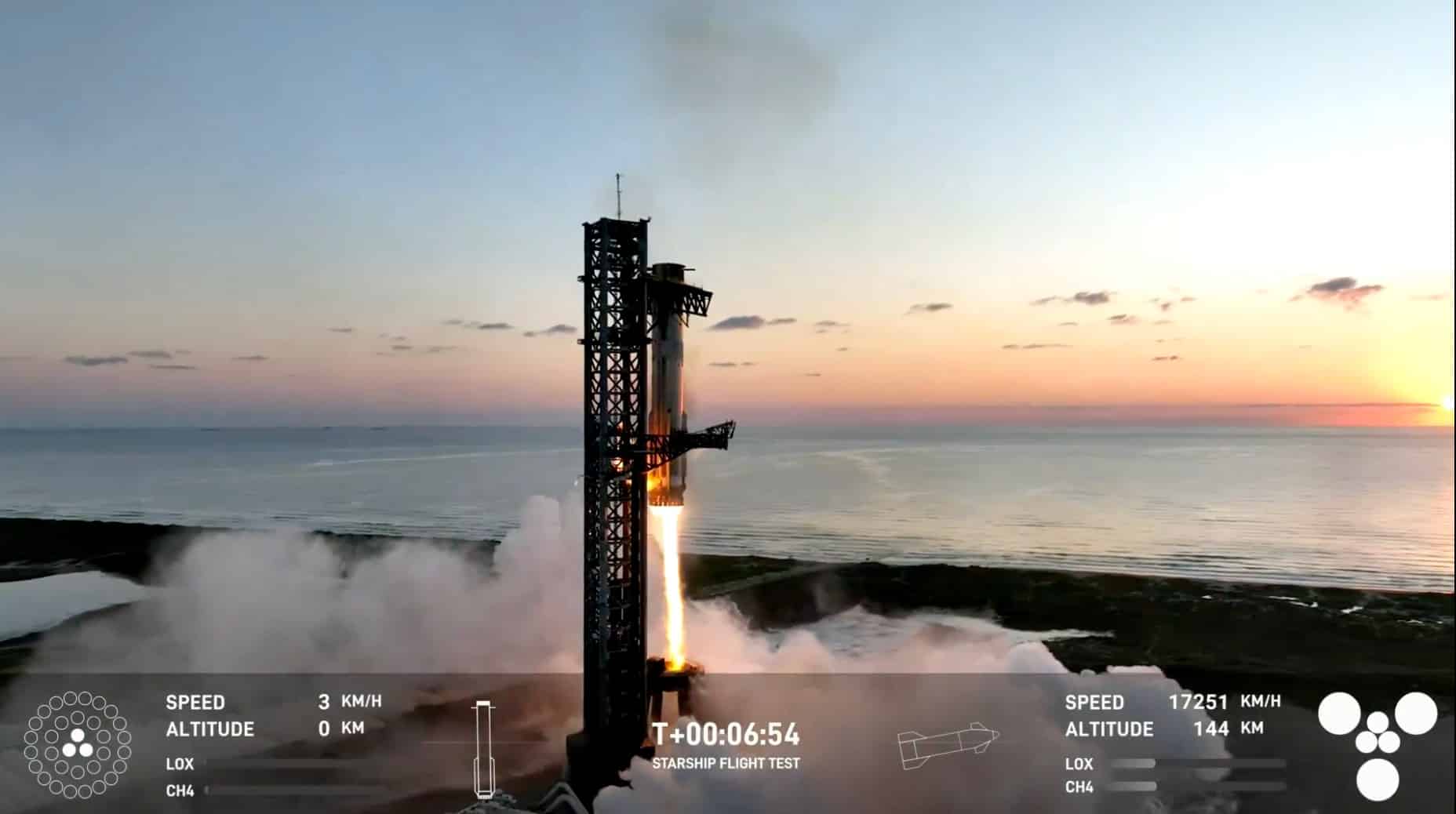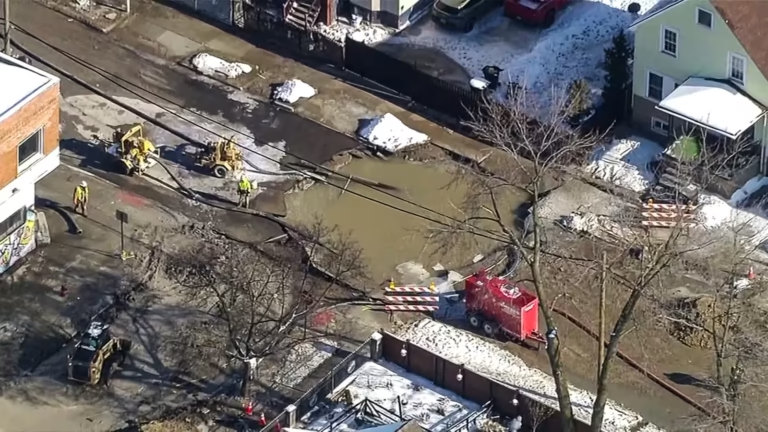SpaceX launched the seventh test flight of its Starship rocket on Thursday but lost communication with the upper stage of the rocket that continues on into space.
The company’s webcast showed data stopped transmitting from Starship about nine minutes into the launch.
“We can confirm that we did lose the ship,” SpaceX senior manager of quality systems engineering Kate Tice said.
SpaceX said in a post on X that the ship broke up during its ascent burn and that it would “continue to review data from today’s flight test to better understand root cause.”
After the rocket lost communication, social media users posted photos and videos of what appeared to be fireballs in the sky near the Caribbean islands. Starship’s launch trajectory takes it due east from Texas, which means the fireballs are likely debris from the rocket breaking apart and reentering the atmosphere.
Starship launched from SpaceX’s private “Starbase” facility near Brownsville, Texas, shortly after 5:30 p.m. ET. A few minutes later, the rocket’s “Super Heavy” booster returned to land at the launch site, in SpaceX’s second successful “catch” during a flight. It did not catch the booster on the last flight.
There were no people on board the Starship flight. However, Elon Musk’s company was flying 10 “Starlink simulators” in the rocket’s payload bay and planned to attempt to deploy the satellite-like objects once in space. This would have been a key test of the rocket’s capabilities, as SpaceX needs Starship to deploy its much larger and heavier upcoming generation of Starlink satellites.
While SpaceX didn’t specify what the Starlink simulators were made of, mass simulators are commonly used in rocket vehicle development and are often simple constructions of metal or concrete that weigh roughly the same as the object in question.
Before losing communication, Starship was set to reach space and then travel halfway around the Earth before reentering the atmosphere and splashing down in the Indian Ocean about an hour after liftoff.
As with each previous flight, SpaceX aims to push development further by assessing additional Starship capabilities, including tests of its heatshield tiles and the trajectory of its intense reentry.

















